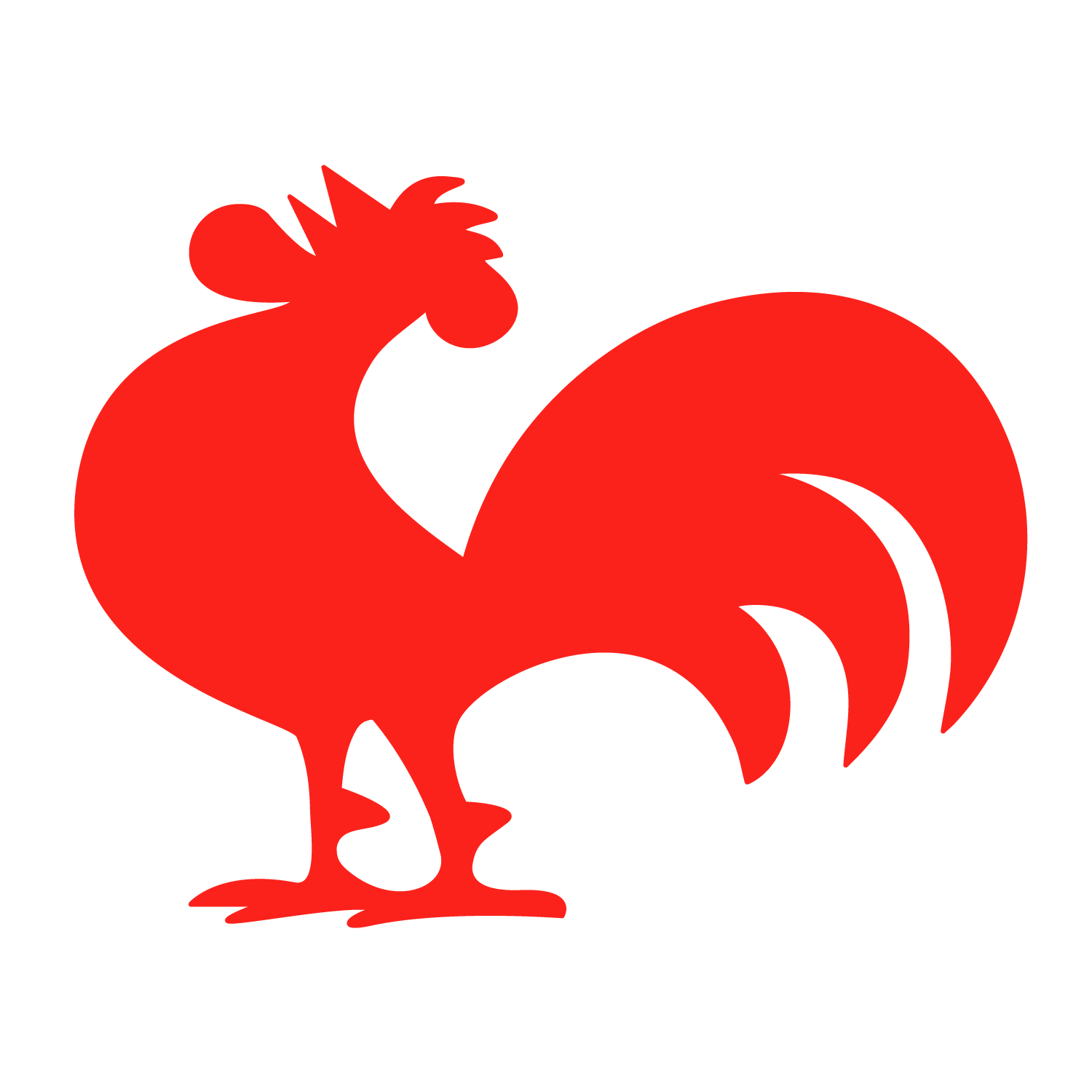#6. Enhance your design workflow and decision-making with storytelling techniques.
Storytelling is a methodology that is not limited to writing. This is the focus of this issue — to teach and explore the storytelling methodology and offer you some helpful tools, so you can use it in different ways to enhance your design workflow.
#5. Mario: The plumber who changed gaming history
I recently read about the opening of the Nintendo Museum in Kyoto, and the story of how the game Donkey Kong and its character, Mario, saved Nintendo from bankruptcy. I found this fascinating and wanted to explore the idea further… not least because it contains some incredible lessons that we can all learn!
#4. Engage your audience with non-linear storytelling
According to Aristotle, storytelling is a straightforward sequence of cause and effect. His three-act structure underlines this narrative aspect.
However, artists and directors have worked in many different ways to create non-linear stories that hook the reader or viewer.
#3. The Hollywood Formula: How to Replicate Movie Sequel Success in Product Development
To innovate within an existing product and replicate its success across different features (or new products), we can draw inspiration from storytelling and from the way directors have created successful sequels.
#2. Three lessons from Andrew Stanton, American filmmaker and screenwriter
In his TED talk, Andrew Stanton shared a few clues to great storytelling (by telling us that storytelling is like a joke!) and slowly that you can apply to your next creative work.
#1. Design 360-degree experiences through storytelling
How to use storytelling to understand the good and bad points of existing experiences: not only to design new products but also to inform your design decisions and find opportunities for the existing ones.


